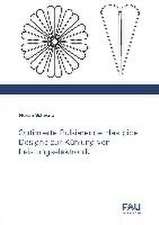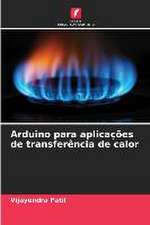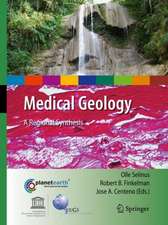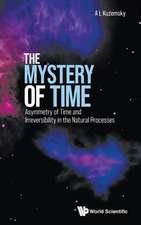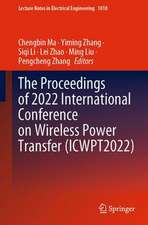Inorganic Geochemistry of Coal
Autor Shifeng Dai, Robert B. Finkelman, James C. Hower, David French, Ian T. Graham, Lei Zhaoen Limba Engleză Paperback – 22 iun 2023
- Features dozens of never-before published illustrations of critical features of the inorganic geochemistry of coal
- Covers both the theory and applications of the topic, including case studies to serve as real-world examples
- Includes a chapter on the health and environmental impacts of the mining, development and use of coal
Preț: 753.96 lei
Preț vechi: 977.61 lei
-23% Nou
Puncte Express: 1131
Preț estimativ în valută:
144.27€ • 150.63$ • 119.40£
144.27€ • 150.63$ • 119.40£
Carte tipărită la comandă
Livrare economică 29 martie-12 aprilie
Livrare express 01-07 martie pentru 107.58 lei
Preluare comenzi: 021 569.72.76
Specificații
ISBN-13: 9780323956345
ISBN-10: 0323956343
Pagini: 300
Dimensiuni: 191 x 235 x 26 mm
Greutate: 1.27 kg
Editura: ELSEVIER SCIENCE
ISBN-10: 0323956343
Pagini: 300
Dimensiuni: 191 x 235 x 26 mm
Greutate: 1.27 kg
Editura: ELSEVIER SCIENCE
Cuprins
1. Preview
2. Analytical methods of elements in coal
3. Abundance of elements in coal
4. Enrichment mechanism of elements in coal
5. Definition and importance of modes of occurrence of elements in coal
6. Modes of occurrence of elements in coal
7. Minerals in coal as the hosts of chemical elements
8. Selected toxic elements and their effects on human health
9. Critical Elements in coal
10. Future directions and applications
2. Analytical methods of elements in coal
3. Abundance of elements in coal
4. Enrichment mechanism of elements in coal
5. Definition and importance of modes of occurrence of elements in coal
6. Modes of occurrence of elements in coal
7. Minerals in coal as the hosts of chemical elements
8. Selected toxic elements and their effects on human health
9. Critical Elements in coal
10. Future directions and applications












